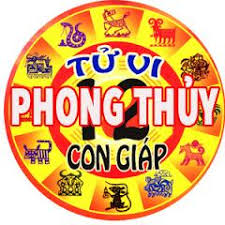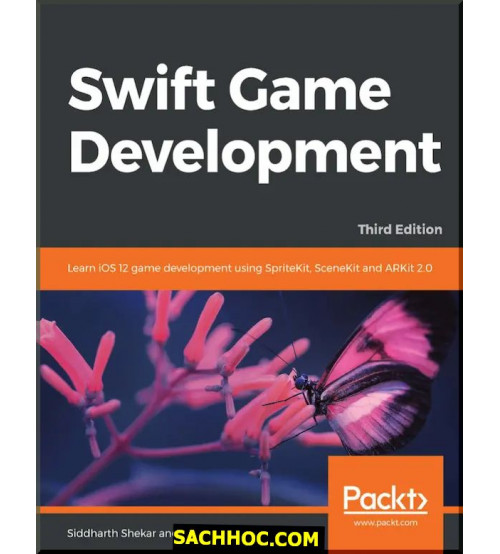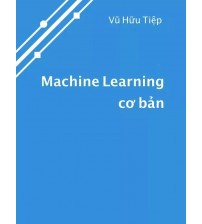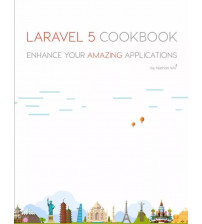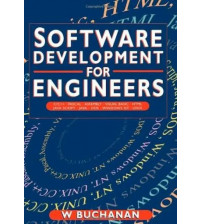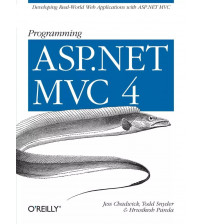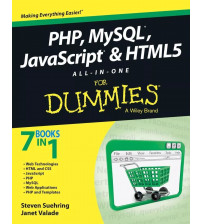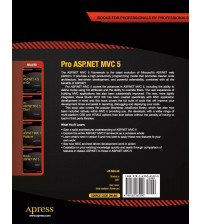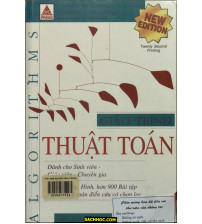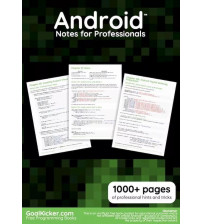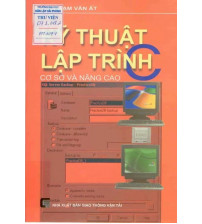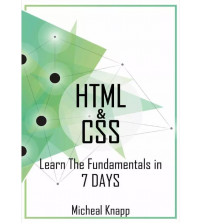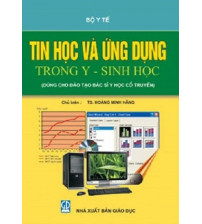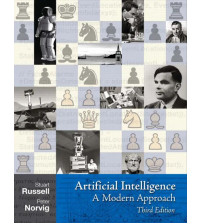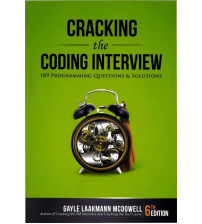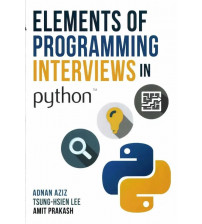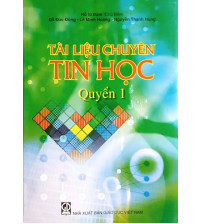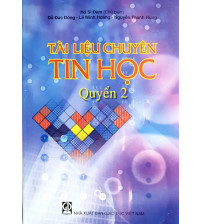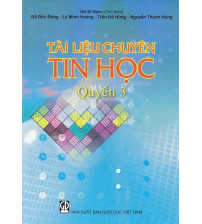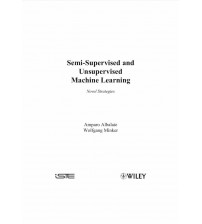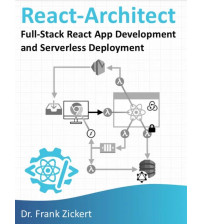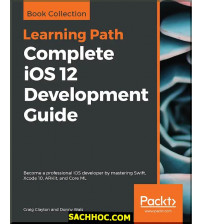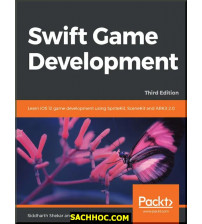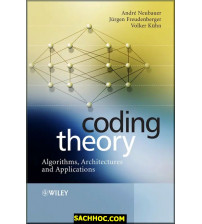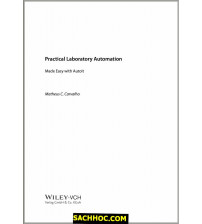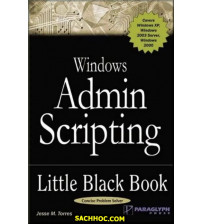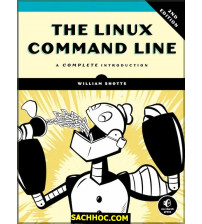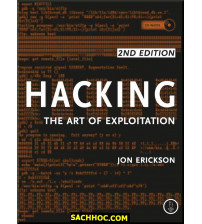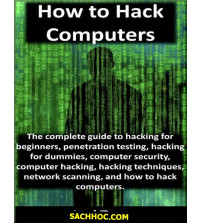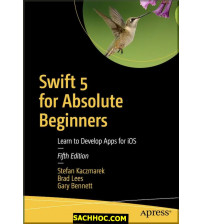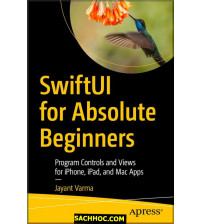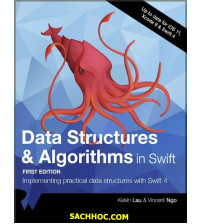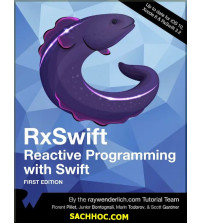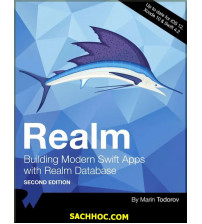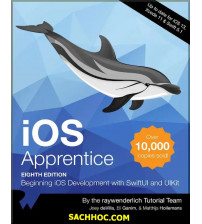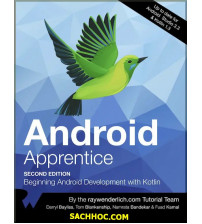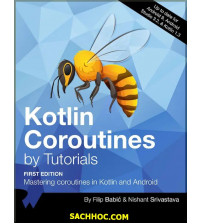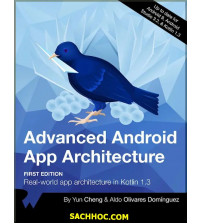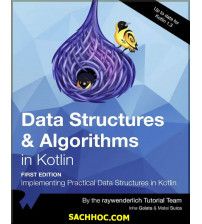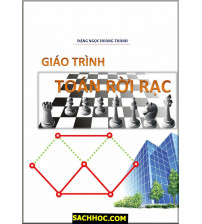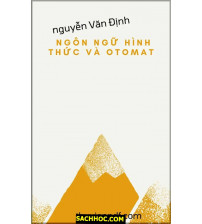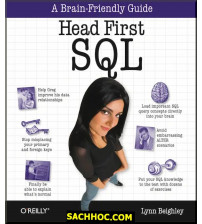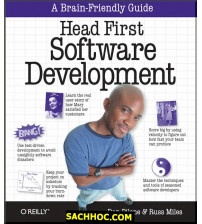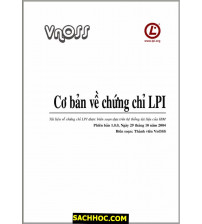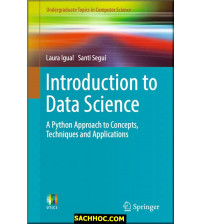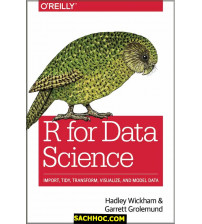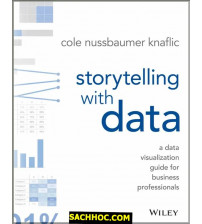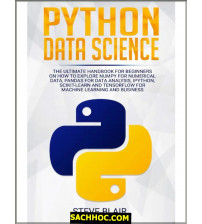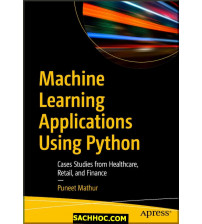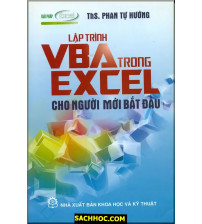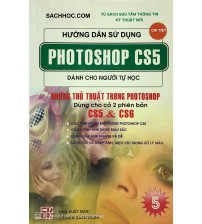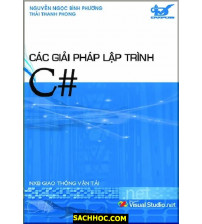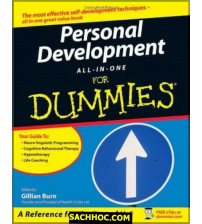Swift game development
Chuyên mục: Lập trình - Thủ thuật
Giới thiệu nội dung cuốn sách "Swift game development" của tác giả Siddharth Shekar:
Swift game development : learn iOS 12 game development using SpriteKit, SceneKit and ARKit 2.0
Swift is the perfect choice for game development. Developers are intrigued by Swift and want to make use of new features to develop their best games yet. Packed with best practices and easy-to-use examples, this book leads you step-by-step through the development of your first Swift game.
The book starts by introducing Swift's newest and best features for game development. Using SpriteKit, you will learn how to animate sprites and textures. Along the way, you will master the physics, animations, collision effects and required to build the UI aspects of the game.
You will then work on creating a 3D game using the SceneKit framework. You will see how to add monetization and integrate Game Center. Then you will dive into creating augmented reality (AR) games using SpriteKit and SceneKit.
Finally, you will see how to create a Multipeer AR project to connect two devices and send and receive data back and forth between the devices in real time.
By the end of this book, you will be able to create your own iOS games using Swift and publish them on the iOS App Store.
Who this book is for
The book is targeted at new and intermediate developers who want to update their knowledge about the changes in the new version of Swift and want to learn about the new ARKit framework for making AR games for iOS using Xcode 10.
What this book covers
Chapter 1, Designing Games with Swift, introduces you to the best features of Swift, outlines what is new in Swift 3, helps you set up your development environment, and launches your first SpriteKit project.
Chapter 2, Sprites, Camera, Action!, teaches you the basics of drawing and animating with Swift. You will draw sprites, import textures into your project, and center the camera on the main character.
Chapter 3, Mix in the Physics, covers the physics simulation fundamentals: physics bodies, impulses, forces, gravity, collisions, and more.
Chapter 4, Adding Controls, explores the various methods of mobile game controls: device tilt and touch input. We will also improve the camera and core gameplay of our example game.
Chapter 5, Spawning Enemies, Coins, and Power-ups, introduces the cast of characters we use in our example game and shows you how to create custom classes for each NPC type.
Chapter 6, Generating a Never-Ending World, explores the SpriteKit scene editor, builds encounters for the example game, and creates a system to loop encounters endlessly.
Chapter 7, Implementing Collision Events, delves into advanced physics simulation topics and adds custom events when sprites collide.
Chapter 8, Polishing to a Shine – HUD, Parallax Backgrounds, Particles, and More, adds the extra fun that makes every game shine. In this chapter, you will learn how to create parallax backgrounds, learn about SpriteKit's particle emitters, and add a heads-up display overlay to your games.
Chapter 9, Adding Menus and Sounds, builds a basic menu system and illustrates two methods of playing sounds in your games.
Chapter 10, Standing Out in the Crowd with Advanced Features, shows you how to combine the techniques you have learned to build advanced gameplay systems.
Chapter 11, Introduction to SceneKit, explains how to create a basic 3D game using the SceneKit framework.
Chapter 12, Choosing a Monetization Strategy, outlines the strategies available to indie developers who want to make money from their games.
Chapter 13, Integrating with Game Center, links our example game to the Apple Game Center for leaderboards, achievements, and friendly challenges.
Chapter 14, Introduction to SpriteKit in ArKit, gives an introduction to how to make an AR game using Arkit and SpriteKit.
Chapter 15, Introduction to SceneKit in ArKit, demonstrates how to make a 3D augmented reality game using SceneKit and Arkit.
Chapter 16, Ship It! Preparing for the App Store and Publication, covers the essentials of packaging your game and submitting it to the App Store.
Chapter 17, Multipeer Augmented Reality, shows you how to create a multiplayer AR project to connect two devices in real time so they can send and receive data.
Tham khảo thêm: Coding Theory - Algorithms, Architectures, and Applications
Tham khảo thêm: Practical Laboratory Automation Made Easy with AutoIt
Tham khảo thêm: Windows Admin Scripting Little Black Book, 2nd Edition
Tham khảo thêm: The Linux Command Line A Complete Introduction
Tham khảo thêm: Hacking The Art of Exploitation
CLICK LINK DOWNLOAD EBOOK TẠI ĐÂY.
Thẻ từ khóa: Swift game development, Swift game development pdf, Swift game development ebook, Tải sách Swift game development

